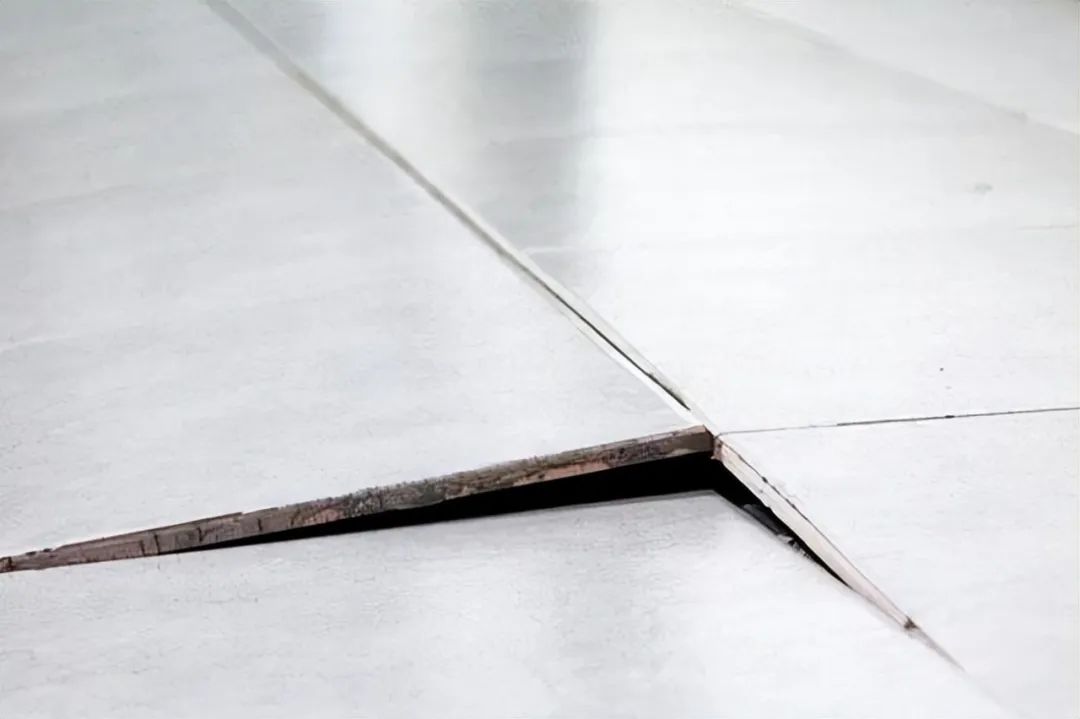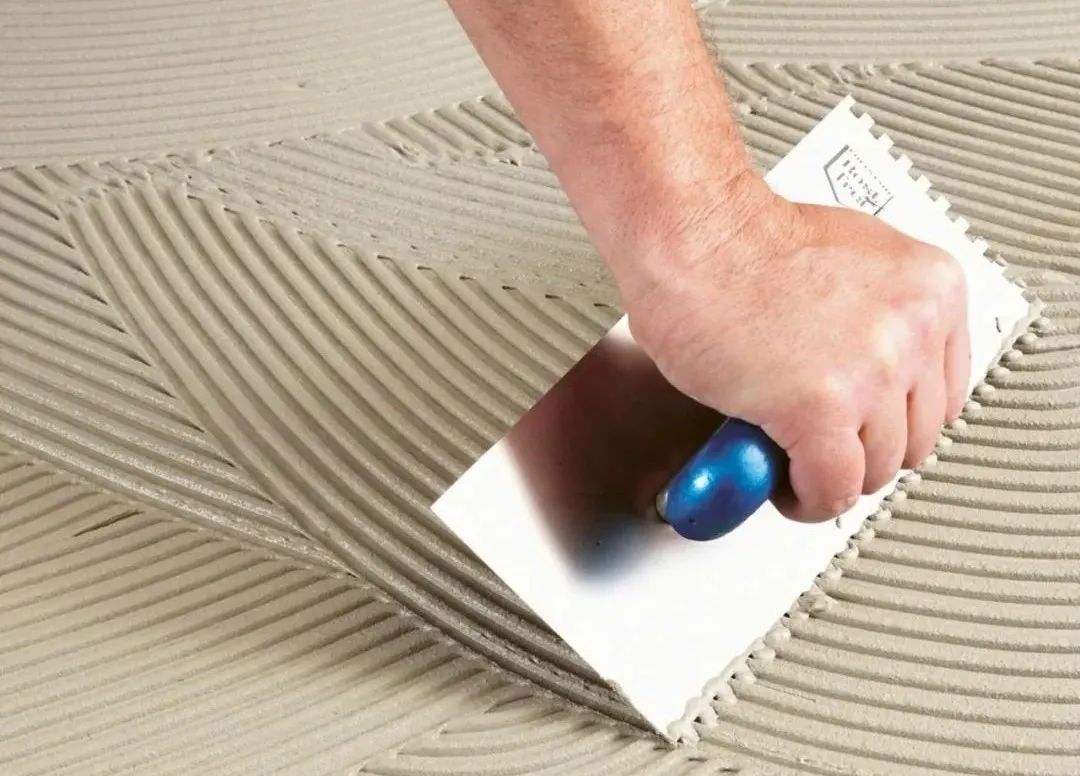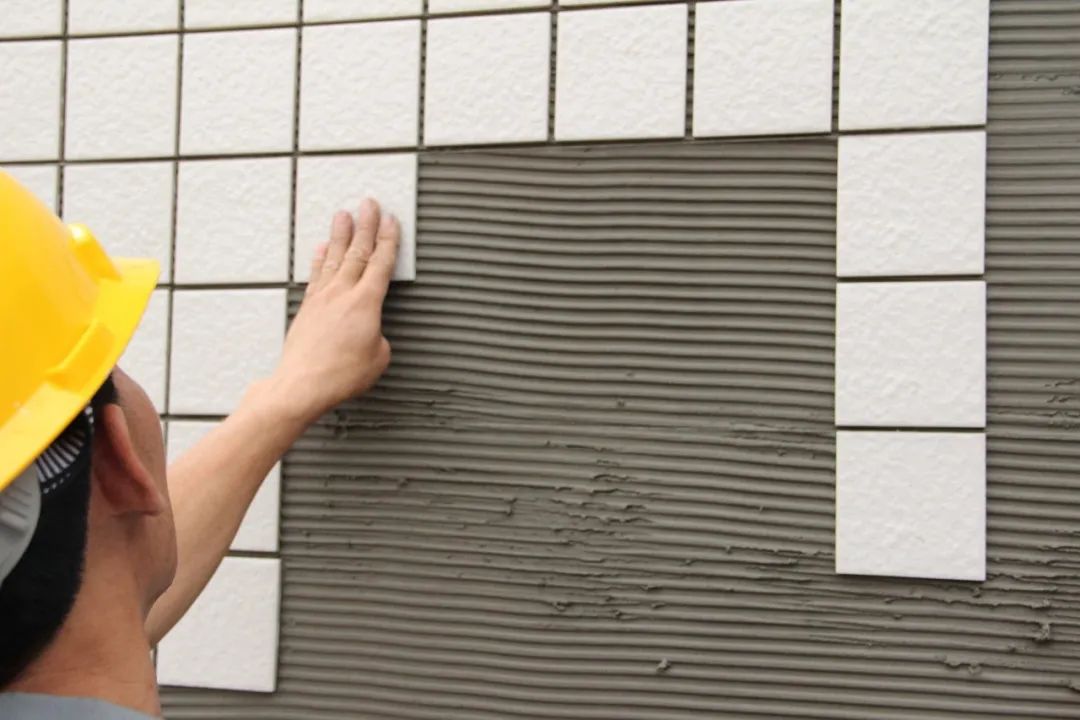When problems such as hollow tiles or delaminating tiles occur, the tile adhesive is often blamed. However, it is not necessarily the adhesive that is to blame, but rather a failure to consider some important details when laying the tiles. This is what is commonly known as 'three parts material, seven parts construction'.

Professional tilers are aware that once the tiles have been laid, it's necessary to improve the filling of the mortar through the pressing and rubbing of the tiles. Today, let's discuss this construction detail.
Tile adhesive is a cementitious material. If the mortar is not sufficiently filled, there can be uneven shrinkage on the back of the tiles as the mortar dries and sets. In severe cases, this can lead to a gradual separation between the tile adhesive and the substrate or the tiles, resulting in the detachment of the tiles from the voids.
To ensure that the adhesive is adequately filled, the tiles must be pressed and rubbed after laying.
The process of pressing and rubbing the tiles thoroughly can fill the gaps between the backs of the tiles and the substrate to form a solid unit. This helps to eliminate air in the tile adhesive, effectively ensuring a high filling rate at a later stage, a reduction in voids, and the prevention of tile dislodgement.
How to press and smooth properly?
The first step is to determine the appropriate notched trowel to use depending on the smoothness of the substrate and the size of the tiles. On a level surface, use the notched trowel to apply the tile adhesive evenly. Create a notched pattern.

Then place the tiles on the subfloor, pressing them down in the correct direction while moving them up and down and left and right. The distance moved will depend on the size of the tiles. During the pressing and rubbing process, make sure that the mortar fills the gaps between the back of the tiles and the substrate and that any air is expelled.

It is important to do this with care:
Once the tile adhesive has been applied, it's best to start tiling as soon as possible. If there's a large gap between the application of the adhesive and the tiling, you may need to use more force when pressing and rubbing the tile.
If you can't tile all the tiles at once, or if the tiling speed is slow, try to avoid applying the adhesive over a large area. The application area of the tile adhesive should be kept to less than 1 square meter.

In summary, ensuring that the tile adhesive fill rate is achieved through the correct pressing and rubbing process is critical to the prevention of tile voids and tile delamination problems. To ensure the quality and longevity of the tile installation, it's essential to pay attention to this detail during the installation process.




